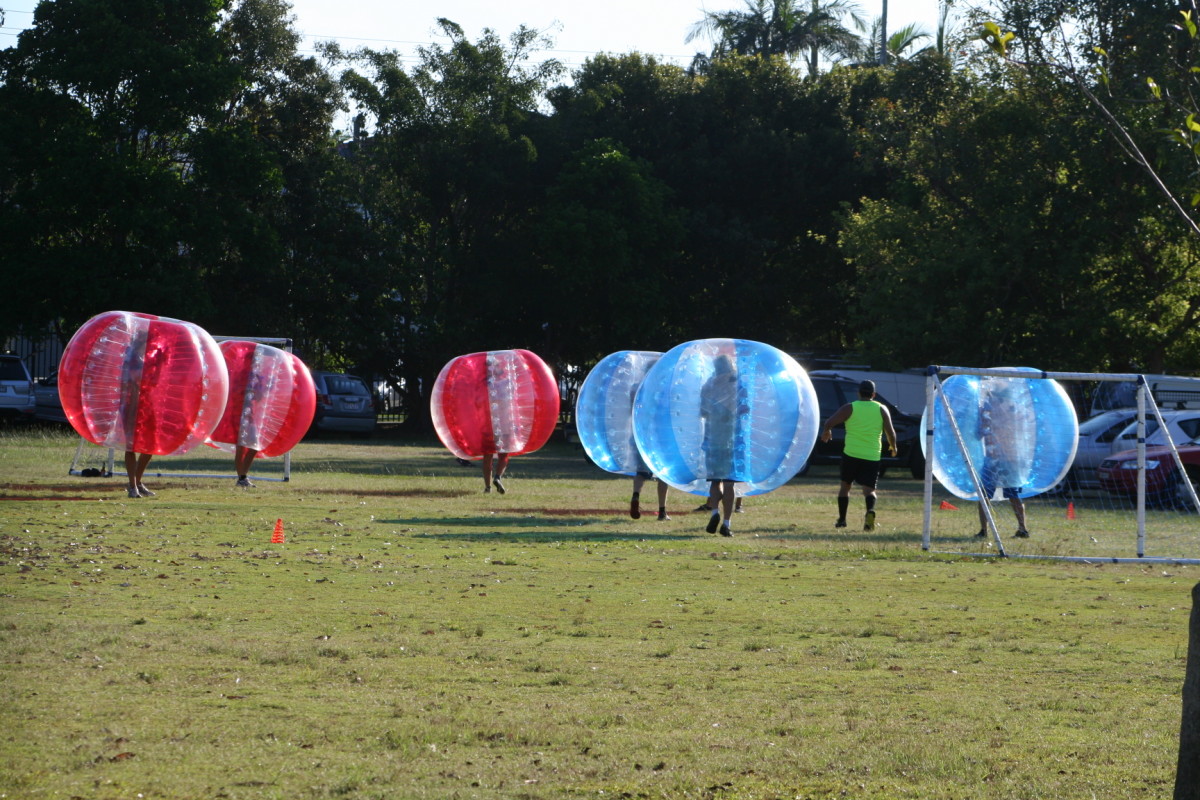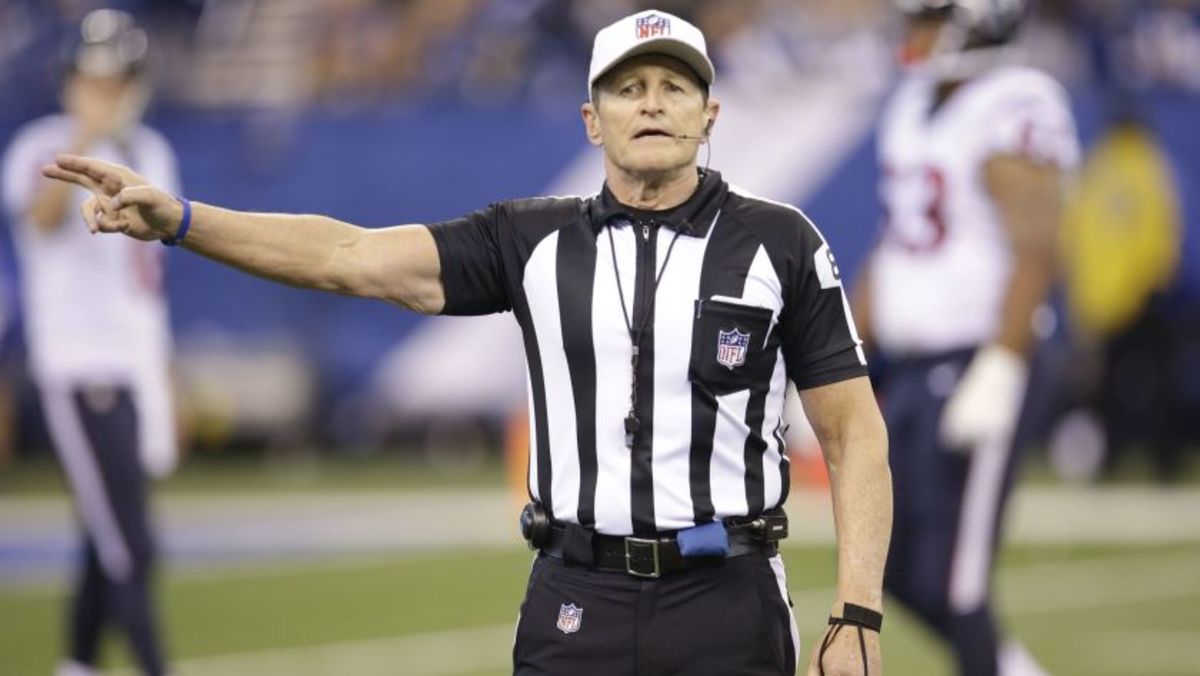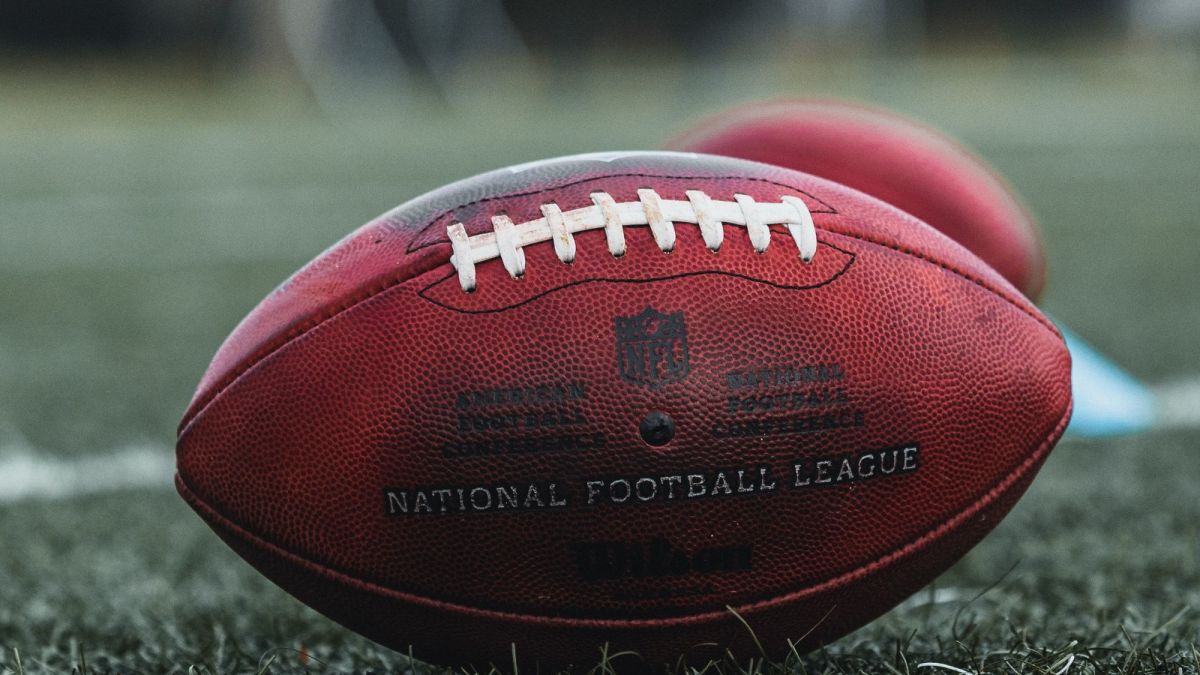Pickup Football: How to Organize a Realistic Game

Pickup football can be great fun. But sometimes, it can leave you wanting. After all, it's quite frequently very different from "real" football. It's hardly ever a defensive struggle; much of the strategy you see on television is absent; and there are seldom extended drives. More often than not, it's people making big offensive plays ruining up and down the field, and a single interception wins it. It's no wonder that, when a game on television turns into an up-and-down-the-field, high-scoring affair, the announcers equate it to the game's pickup variation.
Fortunately, it is possible to organize a realistic pickup football game. When you do this, you can enjoy a game with yard-based first downs, clock management, and – if you’re ambitious – field goals. All you need, aside from players and a ball, are a rope, a tape measure, some rags, and a friend who’s willing to be the referee. If you plan to incorporate field goals, you’ll need some large stakes and a piece of string.
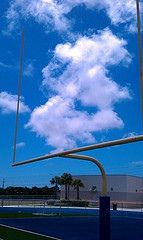

First, you’ll need to pick the field for your pickup football game. If it has marked yards already, then that’s all the better. But it’s not a necessity.
Whether you’re playing on a pre-marked field, or marking your own, a word on width is needed. In general, the narrower the field, the more defensive the game will be. As long as offensive players can spread the field, they can run free. And your pickup game is unlikely to feature 11-on-11 rosters. Thus, if you want a tightly-played game, you’ll want to narrow the field. One option on a pre-marked field is to play from the near hash marks to the sideline. If you’re marking your own field, you can measure an equivalent length, or just eyeball it. (Keep in mind, of course, that a narrower field makes collisions more likely, so be careful.)
When it comes to pickup football yardage, there’s no need to eyeball. If your field is already marked, decide how much of the field you want to use: fifty yards usually works well. If you’re marking your own field, take a long piece of rope and measure out five yards. Put some tape at the five-yard mark. Then fold the rope over to measure your next five yards, and so on and so forth. After a while, you’ll have marked out several five yard increments on the rope.
Next, lay the rope out along the sideline – or, if necessary, lay it out where you intend the sideline to be. At each five yard mark, set down one of your rags. Eventually, you’ll have marked every fifth yard for the length of the field. Do the same on the other side, mark out your ten-yard-deep endzones, and your field is set.
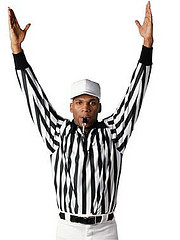

Of course, since you’ve only marked down to five yards, there’s going to be a touch of imprecision to first down yardage determinations. But that’s okay. In the “real” game, of course, the ten-yard-long “chains” mark the yard to gain. Here, your official/timekeeper can eyeball where the ball is set on first down, and then take a position ten yards downfield, using the five-yard marks as a reference point. Now, your timekeeper is the “chain.”
And about that timekeeper: sometimes, official timekeeping can be tough, but it’s not impossible. Just remember that the pickup game tends to be pass-oriented, so you’ll get a lot of clock stoppage. Translation: consider shorter quarters. Another alternative is to let the clock run for most of each half, as in soccer. But you’ll surely want to preserve the chess match of late-game clock management. So switch to official timing in, say, the last two minutes of the half. A stopwatch will do fine for this. But, if you don’t have one, don’t worry. Free stopwatch apps are available for smartphones.
One last note: those field goals! If you’re playing on a field with uprights, then you’re in luck. An alternative is to drive two tall stakes in the ground at the back of each endzone, and tie a piece of string between them. Voila. Of course, field goals create two safety concerns. One is that you need to be careful about players running out the back of the endzone and hitting the stakes. The other is that, if you play field goals conventionally, there’s a chance a defender gets a kicked ball right in the face. Consider having attempts be undefended.
Nobody will mistake your pickup football game for the real deal. But it does make for a realistic pickup football game, so have fun!


